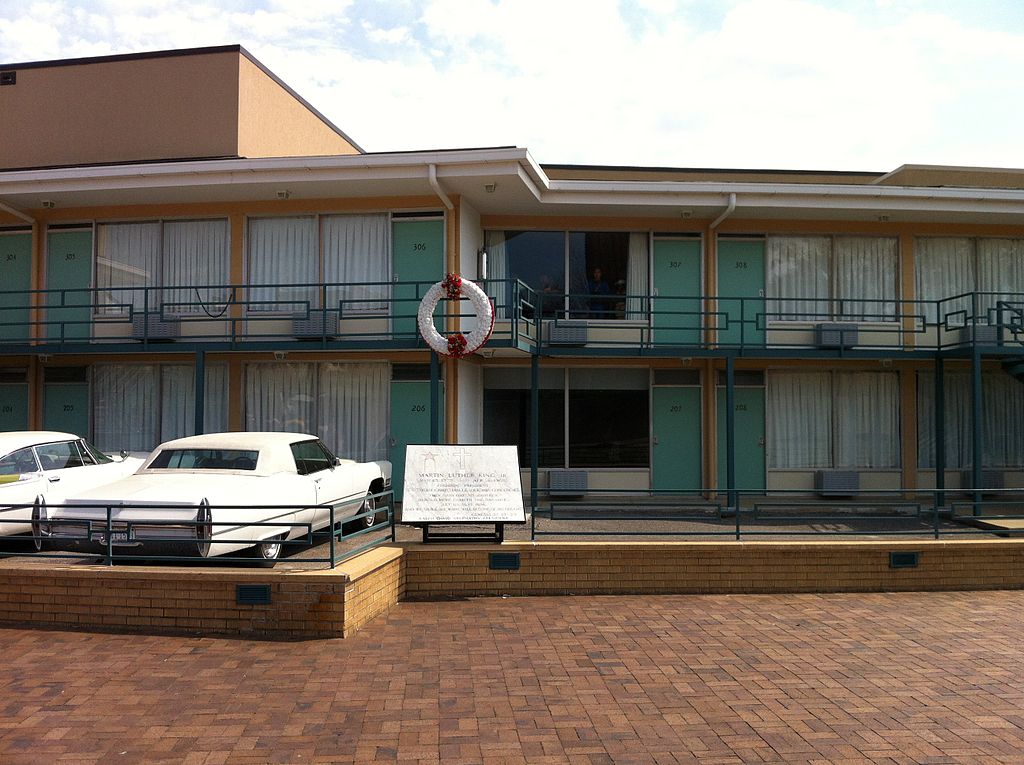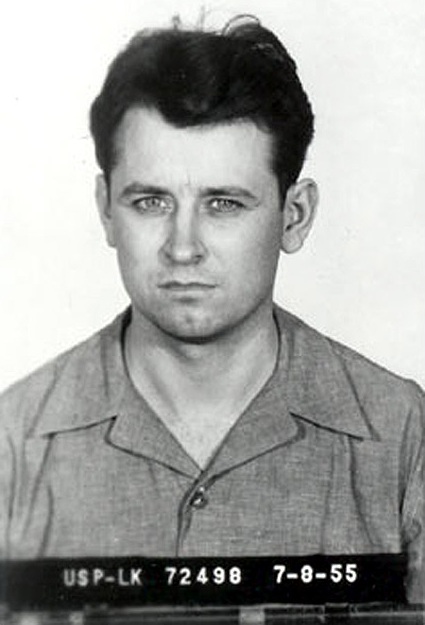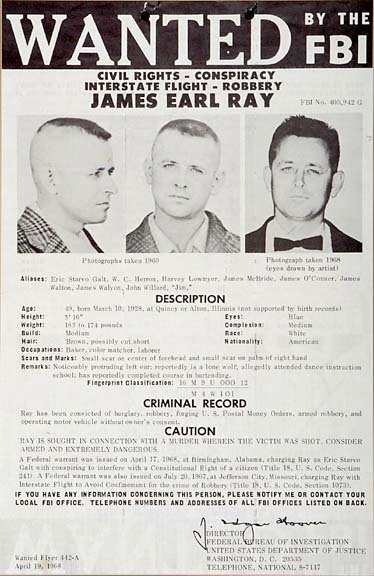
doctor Martin Luther King Jr. speaking before a crowd of 25,000 civil rights protesters from Selma To Montgomery, Alabama in front of the Montgomery, Alabama State Capital Building. On March 25, 1965 in Montgomery, Alabama. (Stephen Somerstein/Getty Images)
Martin Luther King Jr. was one of the most important leaders in American history and the preeminent leader of the African American civil rights movement during the 1950s and 1960s. His contributions to American freedom were great, most notably by popularizing civil disobedience (a tactic he learned from Mahatma Gandhi) on his own property in Montgomery, Alabama after Rosa Parks refused to vacate her seat on a segregated bus in 1955. The resulting Montgomery bus boycott proved successful as the courts ruled that bus segregation was in conflict with the 14th Amendment, which promised “equal protection of the laws”. Not everyone was happy about it.
Earlier Attempts on King’s Life
With success came conflict, as King would learn on September 20, 1958, when a deranged young woman named Izola Curry attempted to murder King by stabbing him in the abdomen with a letter opener. After emergency surgery, King spent several weeks in the hospital but eventually made a full recovery, while Curry spent the rest of his life in a mental institution, never deemed competent to stand trial.

that fateful day
In 1968, King became heavily involved with the labor movement among sanitation workers in Tennessee, which he hoped would set a precedent for future unions. On April 3, he gave a rousing and disturbingly prophetic speech: And I looked. And I saw the promised land. I may not get there with you. But I want you to know tonight that we, as a people, will get to the promised land… My eyes have seen the glory of the coming of the Lord.
Less than 24 hours later, King was shot while standing on the second balcony of his room at the Lorraine Motel in Memphis, Tennessee. He was leaning over the railing when a single bullet hit his jaw and neck, traveling through his body before fatally wounding his spine. Friends of his rushed to his rescue, but King immediately lost consciousness and, although he was rushed to a hospital, he was pronounced dead within the hour. Jesse Jackson recalled the event as traumatizing: To see him lying there soaked in blood, 39 years old… I remember Ralph Abernathy coming out and saying, ‘Back off my friend, my friend, don’t leave us now’, but Dr . King was dead on impact.

James Earl Ray
Two months later, police arrested fugitive James Earl Ray at London Heathrow Airport as he tried to escape a prison sentence unrelated to a forged Canadian passport. Ray was born in Acton, Illinois on March 10, 1928 and spent a short time in West Germany while serving in the Army before being discharged for bad behavior. He spent most of his youth working low-income jobs and committing petty theft, first sentenced to prison in 1949 for robbing a restaurant. In 1959, while on parole for one of his many robberies, Ray was sentenced to 20 years in prison for two grocery store robberies, but escaped from the Missouri penitentiary after only seven.
In 1968, when he was on the run, he ended up in the same motel as King, where he is believed to have shot King from his bathroom window before fleeing the scene. Police found his fingerprints on a rifle that was discarded in the street just a few blocks from the scene of King’s murder, and he and his car found eyewitness descriptions of a man seen fleeing immediately after the shooting. It seemed like a pretty open and shut case.
Ray even pleaded guilty to the murder, which is why he was never tried, but he recanted just three days later. To the shock of many, he insisted that he was just a small part of a much larger conspiracy, which included a man named Raoul, who is said to have led a ring of arms in the area.

Theories about the killer of Martin Luther King Jr.
It wasn’t long before conspiracy theorists caught wind of Ray’s claims. They primarily suspected that the U.S. government orchestrated the conspiracy, citing King’s continued harassment from the FBI, as well as his contentious relationship with the Memphis police department. FBI Director J. Edgar Hoover seemed to have an especially intense dislike for Dr. King, openly calling him “the most notorious liar in the country” and making various disparaging remarks about King’s sexual infidelities. Some believe the FBI had reason to remove the reverend due to King’s growing Marxist sympathies and the progress he was making on labor rights.
However, the most popular theory is that a man named Lloyd Jowers, a former Memphis police officer who owned the store just below Ray’s hotel room, had a hand in the murder. In fact, he confessed to this in 1993 on ABC’s PrimeTime Live , claiming that he also knew a man named Raoul who allegedly told him that he had planned to “set it up where it looked like someone else had committed the crime”. For cooperating with Raoul, holding the gun and helping him find a shooter, Jowers says he was paid over $100,000.
In 1978, a New York City coroner inspected the forensic evidence and reported to a House Judiciary Committee that the shot indeed could have come from a location other than Ray’s window. A little over 20 years later, Coretta Scott King, the late preacher’s wife, actually filed and won a civil lawsuit against Jowers after the court reviewed other evidence and found “others, including government agencies” responsible for the murder. from King. The Justice Department, however, did not find the evidence convincing enough, nor any ties between Jowers and any official government agency, so they continue to implicate Ray as the sole killer. Ray maintained his innocence until he died on April 23, 1998 from complications from hepatitis C.